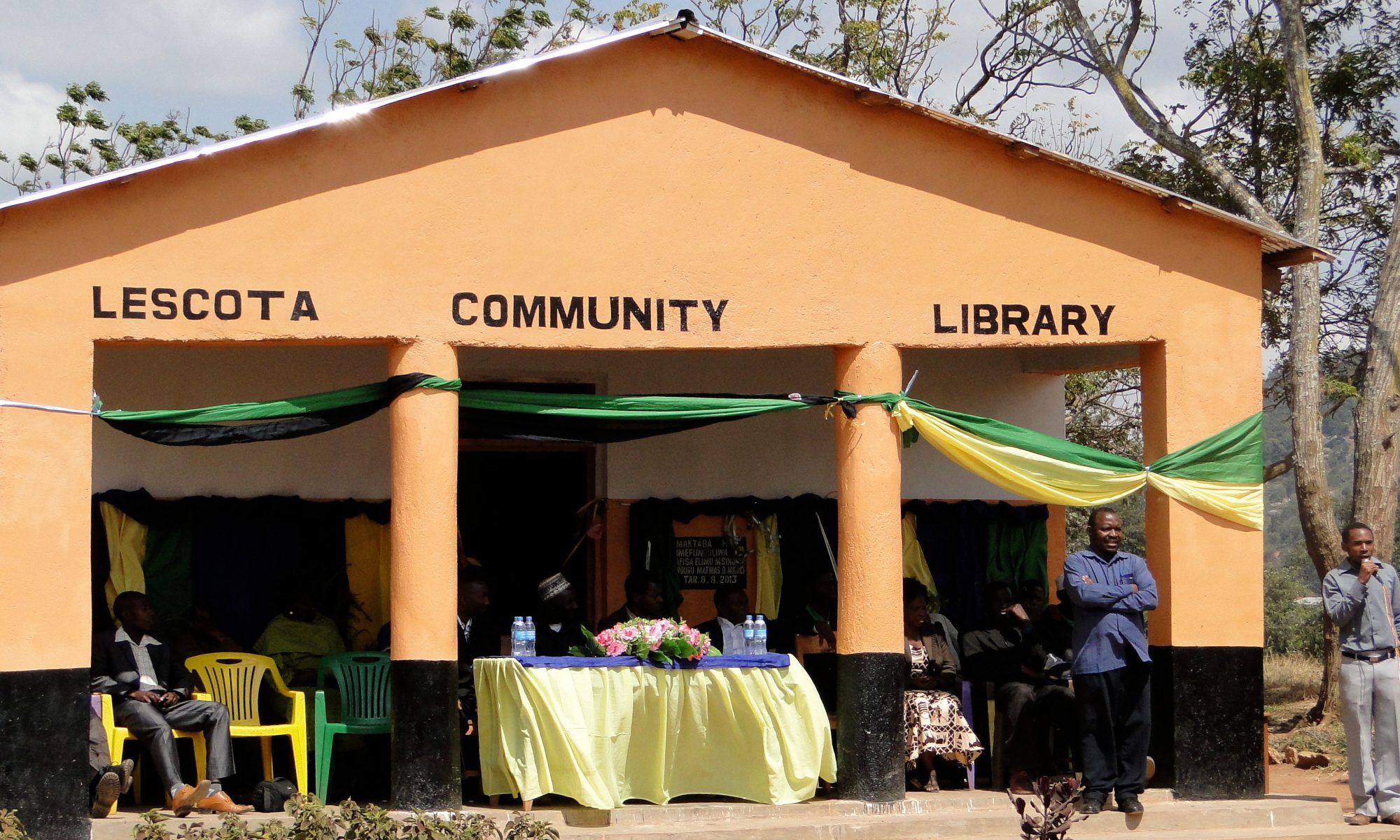Prepared by the Government of Tanzania with support from UNESCO and the World Bank, Tanzania’s most recent Education Sector Analysis (2011) provides a wealth of analytical information meant to “nourish the dialogue between the government and education sector stakeholders, including development partners.” In light of our goal of founding and operating a successful secondary school in Tanzania, this document provides a justification for our decision to target female students from rural locations who but for assistance would lack the financial resources to pursue further education.
Across Tanzania, access to secondary level education continues to be problematic, despite recent gains. In 2009, half of children had access to O-Level secondary school and 23 percent were able to reach the last grade of the cycle, up from just eight percent in 2003. These recent gains are largely attributable to government policy of having a government secondary school in each ward. A-Level secondary school access is still notably low, at just five percent.
Disparities in educational access, retention, and outcomes exist across area of residence (urban/rural), gender, and income. Schooling inequalities are particularly unfair to children from rural areas with a gap in the probability of access of 23 percentage points for O-Level entry. Gender gaps are significant with 95 girls enrolled for every 100 boys in O-Level, dropping to 83 girls for every 100 boys in A-Level, and only 65 women for every 100 men in higher education. Despite these notable inequalities, the single most discriminatory factor in schooling patterns is families’ level of income. These effects are seen as early as primary school despite Tanzania’s fee-free policy where there are 95 students from the poorest quintile enrolled for every 100 students from the wealthiest. Thereafter a precipitous decline leads to 30 of the poorest students for every 100 of the wealthiest students at O-Level, 6 of the poorest students for every 100 wealthy students at A-Level, and 0 of the poorest students for every 100 of the wealthiest at the university level.
These statistics lay bare the educational plight facing the most disadvantaged students standing at the confluence of these three factors: poor rural girls. While 92.5 percent of poor rural girls have access to primary school, only 50% finish. 7% are reckoned to have O-Level access and only 1% complete O-Level, with 0% having A-Level access.
The report concludes that conditions demand affirmative action to enhance girls’ participation in school to ensure gender parity at post-primary levels. Suggestions for improving girls participation in the education system include “awareness raising campaigns to sensitize parents on the value of educating girls beyond primary, and on the negative impact of early marriage and pregnancy on schooling and female health, greater numbers of female teachers and the provision of community-based hostels to avoid girls the long journeys to and from school, addressing security concerns, and scholarships and cash transfers targeting bright girls, reducing direct and opportunity costs.”
TETEA is uniquely positioned to act on these inequalities by implementing policies at its secondary school that make education a reality for the most disenfranchised of Tanzanians. With school goals that make explicit our dedication to providing access to education to girls without financial ability, we will strive to subsidize their education with a financial model in which a majority of students pay full tuition while those without financial ability are awarded scholarships based on merit and demonstrated need with assistance from outside donations. Building on the strengths of a student scholarship program that has identified and funded more than 40 students in need of assistance, we are dedicated to continuing to refine our methods for targeting the most needy of poor rural girls to insure our work is for their benefit.
Tanzanian Education Sector Analysis 2011, Executive Summary:
http://unesdoc.unesco.org/images/0021/002152/215247e.pdf
Study released by UNICEF
Sobering statistics gathered from over 3000 13 to 24 year olds show that sexual and physical child abuse is all too common in Tanzania. Nearly 3 in 10 Tanzanian females have experienced sexual violence prior to the age of 18. The most common forms of sexual violence were touching various parts of the body followed by attempted sexual intercourse. Of those who had their first sexual experience prior to age 18, nearly one-third (29.1%) of females and 17.5% of males reported that their first sexual intercourse was unwilling, meaning that they were forced or coerced to engage in sexual intercourse. In addition, almost three-quarters of both females and males experienced physical violence prior to 18 by an adult or intimate partner.
The location of sexual violence merits careful consideration by educators. While almost one-half of females who had experienced sexual violence prior to age 18 indicated that at least one of their experiences of sexual violence took place at someone’s home, almost one-quarter reported an incident occurred while travelling to or from school and 15% reported that at least one incident occurred at school or on school grounds.
The study casts light on the perpetrators of physical violence against children. Almost 60% of both females and males experienced physical violence by adult relatives and more than one-half experienced physical violence by teachers before turning 18 years of age.
The majority of childhood sexual violence against both females and males occurred between the hours
of 12:00 (noon) and 20:00 (8:00pm).
The study is a landmark in the global efforts to tackle child abuse. Tanzania is the first country in Africa to undertake a National Study on Violence against Children providing national estimates of the prevalence of violence. The study’s results have prompted the government to develop a five-year National Plan for Prevention and Response to Violence against Children intended to break the silence around violence against children.
With the goal of building and running a school in Tanzania, TETEA needs to remain mindful about the widespread presence of violence in schools, even by teachers, and reflect carefully on how to ensure a safe environment for our future students.
“Violence Against Children is Totally Unacceptable,” by editor. 13 August, 2011.
“Tanzania Study Shows One in Three Girls is Sexually Abused,” 9 August, 2011.
“Violence Against Children in Tanzania.” United Nations Children’s Fund, August 2011.
The Guardian on Sunday reports that the Youth Wing of Tanzania’s leading political party, CCM, is calling for the dissolution of the Higher Education Student Loan Board (HESLB). While the loans provided have enabled students from relatively poor families, including students taught by TETEA members, to pursue higher education that would otherwise be out of their reach, complaints include delays in disbursements. “How come students stage a strike over delayed government bursaries today and on the following day are paid there money?” UVCCM committee member Zainabu Kawawa wonders. “The government should take these public servants to court for occasioning huge loss,” she argues.
In an editorial, The Guardian on Sunday adds its voice to those critical of the HESLB. Citing “incompetence manifested by poor record-keeping, late disbursement of funds to students, and a scandalously slow, messy recovery process” the editor recommends immediate dissolution or change in upper management of the HESLB. The editor argues that this is a necessary step in breaking a disturbing cycle: pent-up frustrations of university students give rise to complaints and protests directed against university administrators who panic and call in riot police to quell discontent.
Additional challenges facing university students mentioned in the articles include “poor accommodation and catering services, shortage of furniture, and inadequately motivated and thus frustrated teachers.”
Sources:
“It is Time to Disband Students’ Loan Board,” by editor. 23 January, 2011. ippmedia.com
“CCM Youth Wing Up in Arms,” by The Guardian Reporter. 21 January, 2001. ippmedia.com

